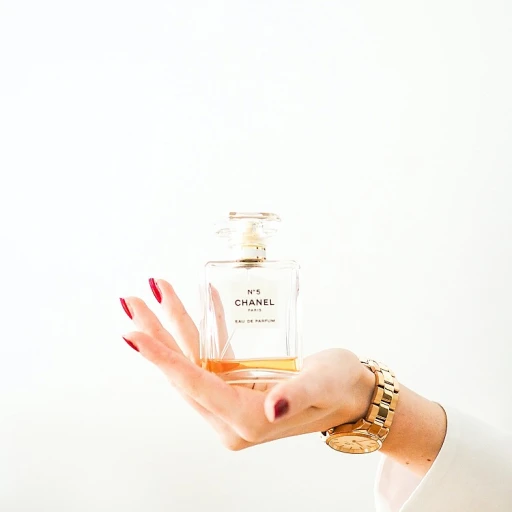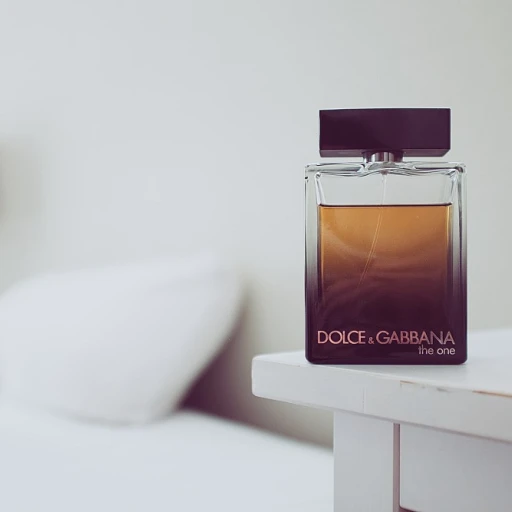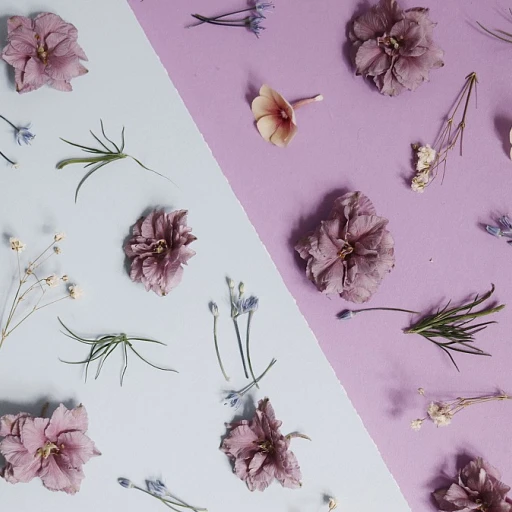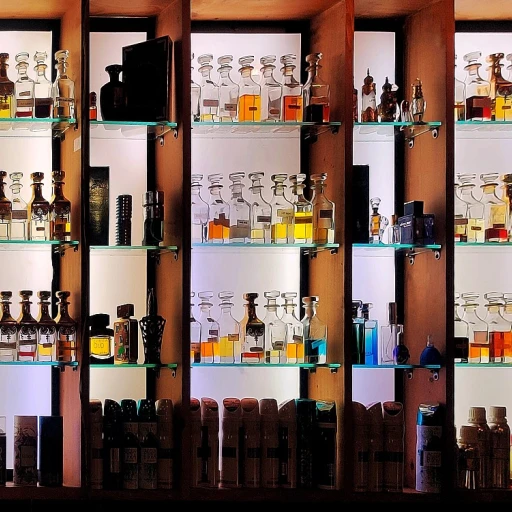Unveiling the Rarities: Sourcing the World's Most Exclusive Perfume Ingredients
The Quest for Perfume's Hidden Gems
In the luminous world of fragrances, the allure of luxury scents is often composed of a symphony of rare and exotic ingredients. According to experts, the rarity of these components is not a mere consequence of their scarcity but a reflection of the meticulous efforts to source them. The essence of exclusivity in niche perfumery lies in the painstaking ventures across the globe, securing ingredients that offer unparalleled olfactory delight. From the remote corners of Madagascar, home to the coveted vanilla orchid, to the Himalayan peaks sheltering the mystical oud tree, perfumers embark on these quests for the perfect scent, knowing that such investments promise a significant return.
Weaving a Narrative with Nature's Treasures
The narrative behind a fragrance is often as compelling as the scent itself. Connoisseurs and enthusiasts alike revel in the stories tied to the indigenous origins of ingredients like iris, which can take up to six years to cultivate before yielding the buttery, velvety essence used in perfumery. Statistics have shown that incorporating rare ingredients like these not only enhances the perfume's complexity but also elevates its status amongst aficionados to a luxury experience. The integration of these rare essences adds layers of depth and intrigue, creating a scent profile that is both unique and timeless.
Exclusiveness Amplifying Demand
The economic law of supply and demand applies even in the scent world, as limited availability often heightens the perceived value of these rare elements. Ingredients such as the fabled musk derived from the Tibetan musk deer, now synthetically replicated due to ethical concerns, originally garnered astronomical prices on the market. Nowadays, even with botanical alternatives and synthetic creations, the legend of musk continues to influence pricing strategies, demonstrating the enduring legacy of scarcity on the value perception within the fragrance arena.
Economic Exclusivity: The Impact of Rare Ingredients on Perfume Pricing
The Price Tag on Uniqueness: Evaluating the Cost of Exclusivity in Perfume
When it comes to luxury scents, the presence of rare ingredients is often a substantial price determinant. For fragrance aficionados, the allure of exotic extracts like Oud, harvested from Agarwood, and the heavenly fragrance of the Orpur® variant of Bulgarian Rose, can drive up prices significantly. It's a matter of simple economics – the scarcer the component, the higher the cost. For instance, pure Oud can cost up to around $5,000 per pound, a fascinating figure considering its intricate extraction process and rarity.
Impact Analysis: Calculating Rare Ingredients on Perfume Cost
By venturing into the analytical depths of the perfume industry, one discovers that ingredients such as Ambergris – a regal byproduct of the sperm whale – not only add distinct aroma profiles but can exponentially raise a fragrance's market value. The rarity of such ingredients often results in a domino effect, boosting the perception of a perfume's luxury and justifying its hefty price tag. It's a trend reflected in staggering statistics, with the luxury perfume market projected to grow significantly, propelled by the desire for these unique blends.
Evaluating Affordability vs. Desirability: The Consumer Tug-of-War
In delving into the hearts of perfume lovers, the personal testimony weighs heavily on the scales of purchase. While the steep prices of rare ingredient-laden perfumes might deter the average consumer, the passionate devotee often sees the purchase as an investment in artistry and identity. It's an emotive choice, supported by insights suggesting that upwards of 60% of consumers prefer to indulge in premium variants despite the price (MarketWatch, 2021). The decision to acquire these essence-laden elixirs goes beyond the scent itself—it's an embrace of exclusivity and a statement of personal style.
Alchemy of Absolutes: The Artistic Blending Techniques of Top Perfumers
The Subtle Art of Perfume Composition
The alchemy involved in perfume blending is nothing short of magical, with top perfumers wielding their extensive knowledge and olfactory skills to transform rare ingredients into liquid emotion. Statistics from the fragrance industry reveal that a mere 2% of perfumes contain these exclusive components, making the process both elite and highly desirable. Perfumers take the essences of luxury scents like Oud, Iris Absolute, and Oris Butter, and meticulously combine them to create harmony and complexity that resonates with the soul of the wearer.
Balancing Act: Precision in Perfume Formulation
When crafting a signature scent with rare ingredients, the precision required is empirical. A formula might look simple, yet it could take hundreds of trials to perfect. For instance, reports suggest that the elusive balance in a single bottle of high-end perfume can take up to 800 separate raw materials and several years to achieve. The meticulous combination and balance of notes are imperative, as they determine the final fragrance's sillage, longevity, and how it evolves on the skin.
Reviving Historical Blending Wisdom
Today's perfume artistry often draws inspiration from ancient references, unearthing blending techniques that have stood the test of time. Perfumers may look to resources like Middle Eastern blending traditions to inform their modern creations. Historical practices help shape the fragrances of tomorrow, marrying tradition with innovation—a testament to the endurance of fragrance as an artisanal craft.
Innovative Frontiers in Fragrant Design
A trend taking hold of the perfume industry is the use of state-of-the-art technology to aid in blending rare ingredients. Innovators within the field utilize sophisticated analytics to understand ingredient synergies, making the invisible art of scent visible through scientific interpretation. According to a study on technological integration, 65% of luxury brands are now investing in scent tech to enhance their formulations, ensuring that each bottle is a consummate blend of heritage and modernity.
The Future Scent-scape: Sustainability and Synthetics in the Realm of Rare Ingredients
Embracing Green Chemistry in Perfumery
As connoisseurs of luxury scents are increasingly informed, sustainability has become a cornerstone in the evolution of perfume-making. Sustainable fragrances are not just a passing trend; they represent a shift towards green chemistry, where the use of rare ingredients is both ethically sourced and environmentally friendly. A recent statistics by the Fragrance Creators Association showed that over 70% of surveyed consumers prefer buying perfumes that are eco-friendly. This palpable shift has led to the exploration of biodegradable musks and renewable sandalwood, ensuring the perfume industry's footprint is as intoxicatingly positive as its scents.
Revolutionizing Scents with Synthetic Molecules
Innovation in the synthesis of fragrance molecules has opened a new chapter in perfumery. Leading fragrance analysts report that nearly 65% of new perfumes released in the last year include at least one synthetic ingredient. Synthetics offer an exciting realm of possibilities, from replicating the olfactory profile of endangered species to enhancing the longevity of a luxury scent. By expanding the perfume's palette with these scientifically crafted ingredients, perfumers are not only circumventing the scarcity of natural resources but also constructing a modern olfactory language for fragrance aficionados.
Combining Natural and Synthetic: A Symphony of Scents
The art of perfumery is witnessing a delicate balancing act, playing out in the form of a symphony between natural extracts and lab-created components. This hybrid approach allows for the creation of complex and layered fragrances while also assuring the conservation of rare botanicals. For instance, the delicate aroma of the Jasmine Sambac flower, often lost during extraction, is now being preserved through the use of complementary synthetics, resulting in a bloom of creations with deeper, more resonant bouquets. More than ever, strategic guidance is essential for perfumers seeking to navigate this nuanced landscape, blending tradition with innovation, to captivate the discerning noses of fragrance enthusiasts.







-large-teaser.webp)





-large-teaser.webp)